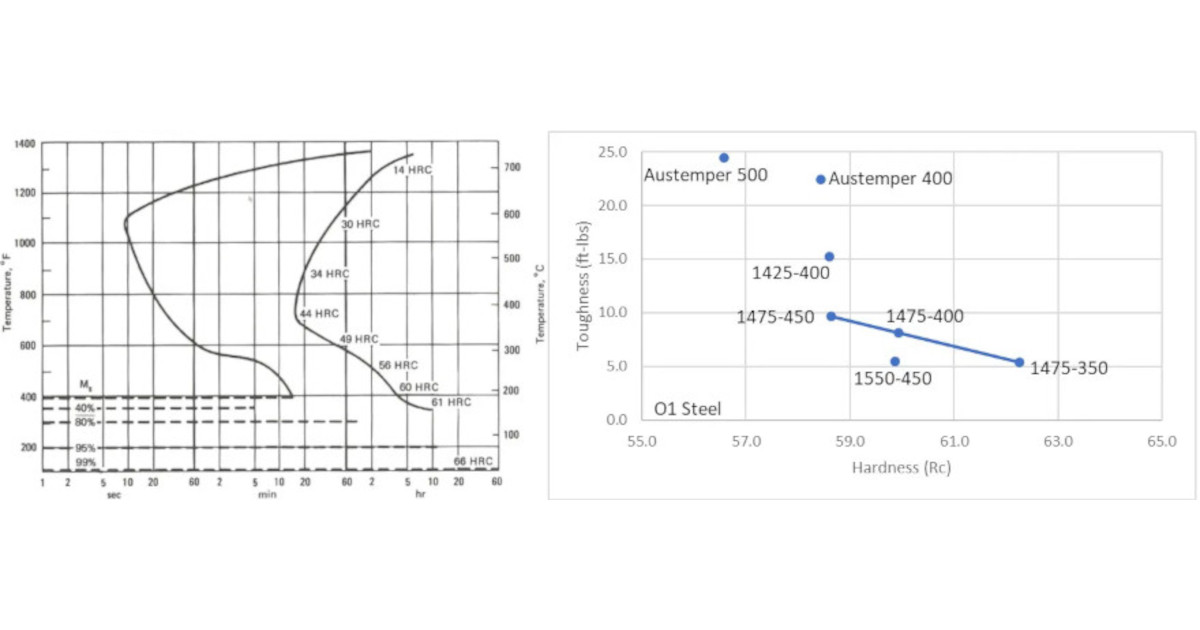Hey yall--please advise me on 52100
I want to make my some blades from 52100---I havebeen making knives out from 1095--with pretty good results---
how does 1095 differ from 5210?
I REALLY would like to know hoe the heat treat and temper is different---
I just heat mine a little past magnetic--quench canola--then temper at 375--but thats wtih 1095--how would it differ with 52100??THANKS===I wish a Great CHRISTmas to everyone!!!!
I want to make my some blades from 52100---I havebeen making knives out from 1095--with pretty good results---
how does 1095 differ from 5210?
I REALLY would like to know hoe the heat treat and temper is different---
I just heat mine a little past magnetic--quench canola--then temper at 375--but thats wtih 1095--how would it differ with 52100??THANKS===I wish a Great CHRISTmas to everyone!!!!



